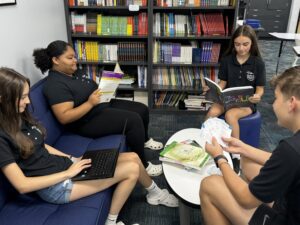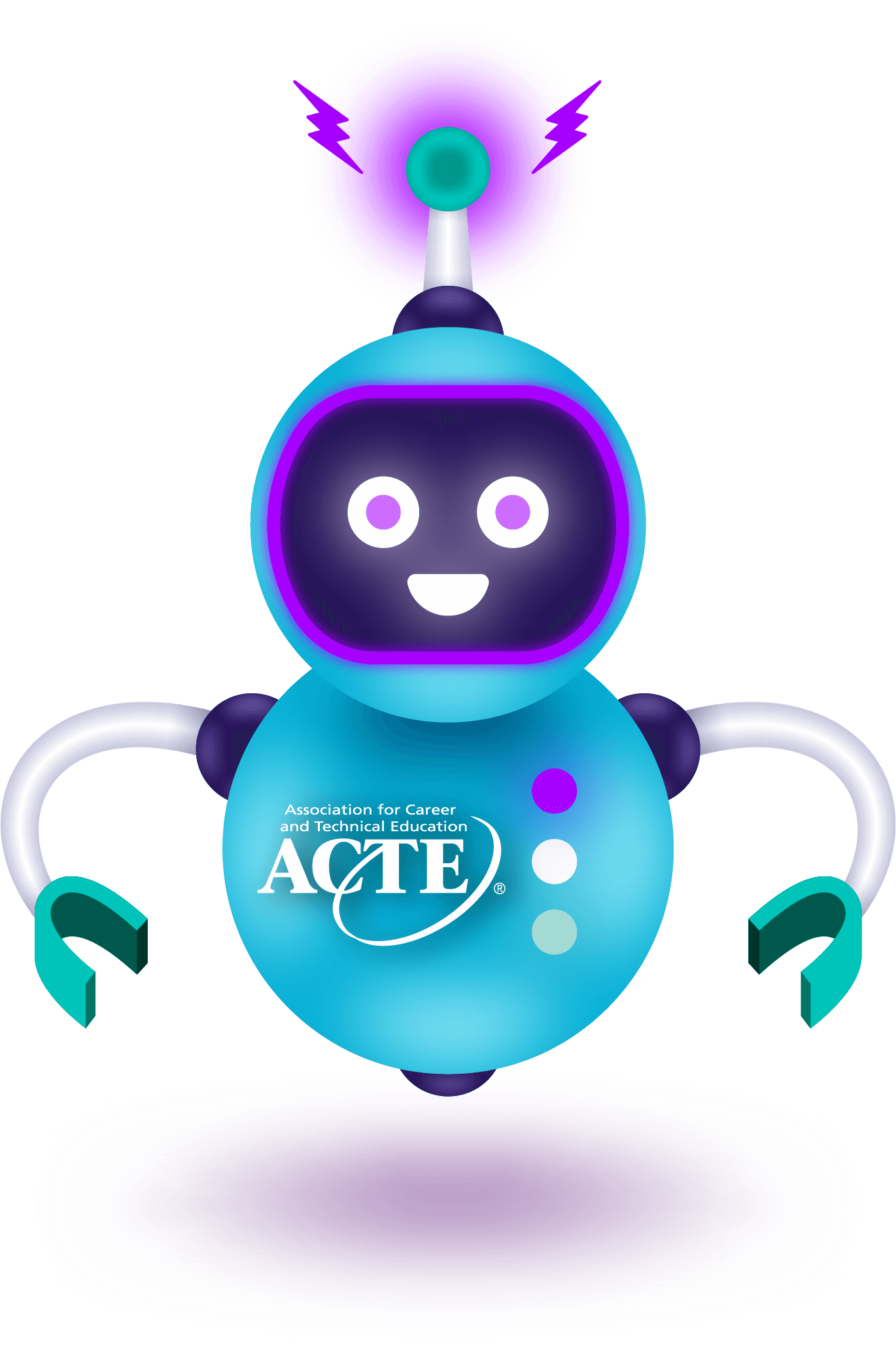The most impactful professional development (PD) days are the days when teachers lead sessions for each other. They advocate for their own personal and professional needs, and they choose how to spend their time. These days leave us feeling renewed and inspired.
The morning is dedicated to teachers hosting sessions on topics they are passionate about, mirroring the impact of student choice in creating meaningful learning experiences. The options are vast as teachers take charge of their learning. Then, in the afternoon, teachers will work on what suits their needs best at that time. This may include collaborating on a cross-curricular project, writing lesson plans for the next unit or grading.
Giving teachers control over their professional development can restore motivation, passion and joy. Consider how this model can translate into the classroom. How can students showcase their work to others? How can we hold students accountable for their time and allow them to advocate for what they want?
Present to an audience.
Create space for students to showcase their work, to someone not their teacher. This could include other teachers, professionals in the industry, other students, community members or their families. When students engage in authentic learning experiences and present to a wider audience, they learn that their work is relevant and worthy. This is similar to the effect of teachers presenting for each other. Students gain confidence, and they develop a stronger sense of community.

Questions to consider about community engagement:
- Who would benefit from learning more about the project?
- What do you want students to learn or practice (demonstration of technical skills, presentation, public speaking)?
- What audience could provide meaningful feedback to students?
Presenting to a broader audience helps students build confidence and pas- sion in their work. They become actively involved in the learning process and take pride in their achievements, which creates joy for the teacher.
Advocate with and for students.
Teach students how to share their passions with an audience and how to make a difference. This will lead to greater responsibility and improved leadership skills.
When teachers were given the opportunity to discuss hot topics on professional development days and to demonstrate how meaningful independent learning could be, it decreased burnout, negative energy and feelings of isolation. Recreating this in the classroom could be transformational.
When students are given the autonomy to work together for a common goal, they want to help others. Brainstorming sessions allow students to identify issues they are passionate about and create projects to solve those issues. The teacher’s role is to guide students as they con- duct research, create action plans and design projects.
Together, the students participate in large- and small-group discussions, collaborate on project goals, examine sides of issues, and develop their own opinions. All of this work is intended to help students design better projects. Teachers can also partner with local organizations related to their field to inspire projects and advocacy work.
Incorporate student choice.
Teens crave autonomy. They want a say in what they do and how they do it. Why deny them choice? It costs us little, increases buy-in, and re- sults in much more exciting student work to grade!
“Years ago, I taught a student who wanted to incorporate wrestling into almost every writing piece assigned. At first, I resisted. I wasn’t interested in wrestling, and I thought he had to learn to follow my guidelines,” said Samantha Shane, a CTE teacher in New Jersey. “But then I thought about Stephen King, who writes again and again about good versus evil. And Malcolm Gladwell about sociologic phenomena.”

Questions to consider about student choice:
- What are your students passionate about?
- What audience and format are best for the project?
- Who are the relevant community members you could ask for support?
“When I allowed him to start using his chosen area of expertise, his writing skills took off,” Shane continued, on the topic of student choice. “He turned in a nail-biting narrative account of an underdog succeeding at a wrestling match, a detailed informational article on perfecting moves that help smaller wrestlers over- take larger ones, and an argumentative essay explaining why arm wrestling should be an Olympic sport.”
Conclusion
When students can choose, they become more engaged. They feel empowered to choose topics they care about, and many students have emerged as experts. They have applied new skills to areas they felt confident in, allowing new stars to shine.
While we can’t (and don’t need to) make every task a choice, the benefits of adding at least one alternative can be remarkable. Think about when you are offered a choice of which PD to attend, what to wear at your job or how to format lesson plans. Don’t you feel just a bit more respected and willing to participate? Students are no different. Give students agency and treat them as knowledgeable writers with ideas worthy of sharing.
Berit Gordon supports teachers and teacher leaders in districts across the U.S. and Canada, conducting school-embedded professional development and presenting keynote talks and workshops at education conferences.
Samantha Shane is a career and technical education teacher in New Jersey, helping high school students explore the field of education through authentic learning.






